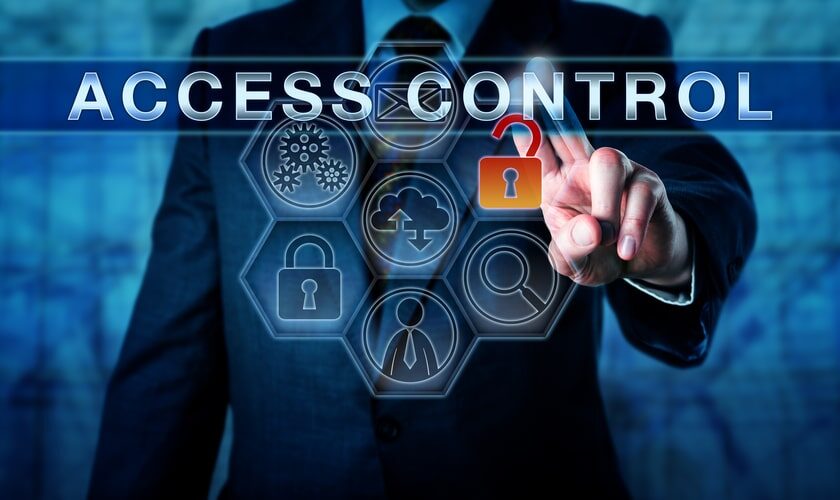Identity and access management consists of the 4xA: administration, authentication, authorization and audit.
Access controls are security measures that ensure only authorized individuals can access specific resources.
Identities are unique digital representations of individuals, applications, devices, or organizations.
Access control methods are frameworks for regulating access to physical or digital resources. There are two types of access control methods, traditional and innovative.
Various physical threats can impact an organization’s cybersecurity. Outdoor security measures play a crucial role in deterring unauthorized access and safeguarding critical infrastructure. Environmental factors and natural disasters represent a significant physical danger to an organization’s cybersecurity framework. It is crucial to mitigate damages to cybersecurity infrastructure caused by natural disasters to maintain data security and ensure operational continuity.
Environmental safety measures
- Climate control systems: Maintain dedicated systems to regulate temperature and humidity levels in IT environments.
- Electrostatic discharge (ESD) protection: Implement grounding, anti-static mats, wristbands, and tools to minimize the risk of ESD and protect sensitive equipment.
- Power surge protectors: Use power surge protectors to safeguard sensitive electronic equipment.
- Backup power supplies: Install uninterruptible power supply (UPS) systems and generators to ensure continuous operation during power outages.
- Water detection systems: Install water detection systems to trigger alerts in case of flooding or leaks, preventing damage to equipment.
Device protection measures
- Cable locks: Use to secure laptops and other portable devices to desks or other immovable objects.
- Port locks: Use to block physical access to USBs and other ports, mitigating the risk of unauthorized data transfer or device compromise.
- Screen filters: Apply to limit the viewing angle of monitors and prevent visual hacking.
- Hard disk encryption: Implement to protect data stored on laptops and portable devices. This safety measure proves especially useful in the event of theft or loss of devices.
- Asset tags and tracking software: Implement for effective inventory management and to help recover lost or stolen devices.
Next, let’s explore advanced solutions for enhancing physical cybersecurity. These innovative approaches incorporate cutting-edge technologies to safeguard physical assets and critical infrastructure.
Cutting-edge solutions for enhanced physical cybersecurity
- Drone detection systems: Implement to identify unauthorized or suspicious drone activity around your facility’s airspace. These systems can detect, track, and, in some cases, neutralize drones that potentially threaten physical security or are being used for surveillance purposes without permission. Drone detection systems often employ various technologies, such as radar, acoustic sensors, and frequency scanners, to ensure comprehensive protection.
- Robotic security guards: Deploy to patrol and monitor facilities, providing an additional layer of security. These robots have advanced sensors and cameras to detect potential intruders or suspicious activity in real time. They can also traverse through narrow spaces and staircases, making them ideal for securing large buildings.
- Artificial intelligence (AI) security systems: Implement AI-based solutions that analyze data collected from various physical security sensors and devices to detect anomalies and potential threats in real time. These systems can also learn and adapt to new threats, making them more effective in preventing security breaches. Additionally, some AI solutions can automate security processes like access control and video surveillance, reducing the workload of security personnel.
- Intelligent perimeter security systems: Install sensors and cameras that use AI and machine learning (ML) algorithms to monitor and analyze activity around your facility’s perimeter. These security systems can differentiate between harmless entities, such as animals and debris, and potential threats, such as human intruders or vehicles attempting to breach the perimeter. They can also provide real-time alerts and responses to security personnel, enabling rapid action.


